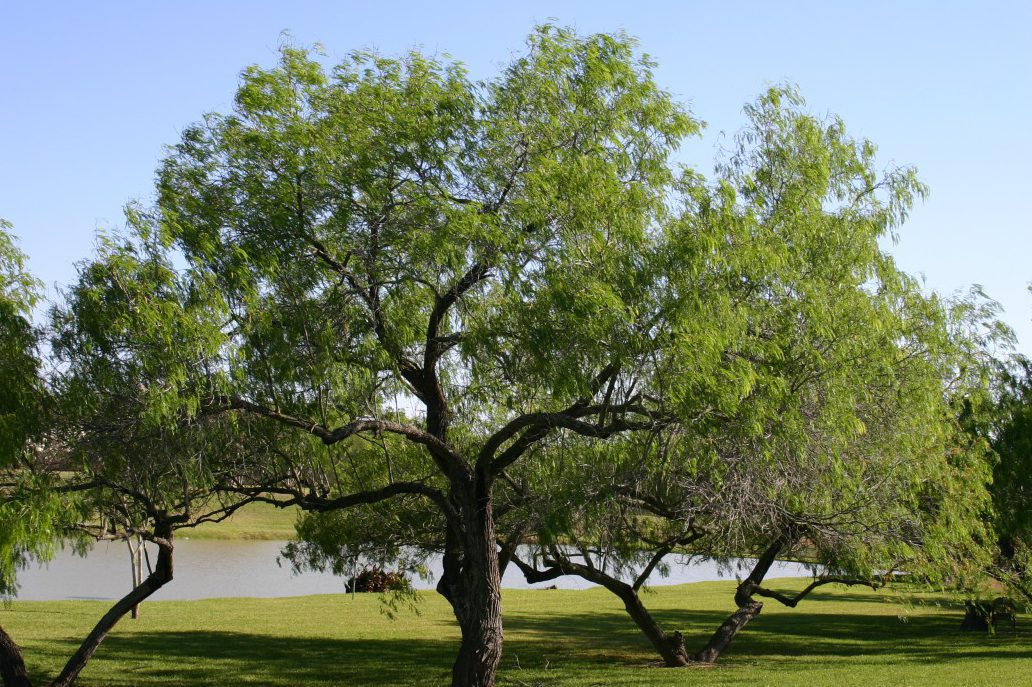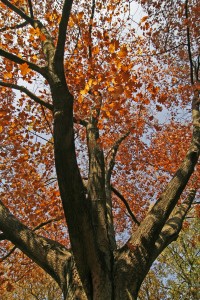
The Effects of Drought on Mature Trees
 Sadly, as this year draws to a close we continue to see the effects of the prolonged drought the North Texas area has been experiencing. One of the largest casualties, both literally and physically, has been the loss of mature trees. Large mature trees are more easily stressed-out and damaged than established trees that are smaller and younger and we have literally been seeing them dying all over town.
Sadly, as this year draws to a close we continue to see the effects of the prolonged drought the North Texas area has been experiencing. One of the largest casualties, both literally and physically, has been the loss of mature trees. Large mature trees are more easily stressed-out and damaged than established trees that are smaller and younger and we have literally been seeing them dying all over town.
Always remember, because trees take longer to grow and reach maturity, in times of drought and water restrictions, trees should be given priority over other landscape. A turfgrass lawn left unwatered will naturally go dormant for the season and turn brown, but it may turn green again when rain falls or irrigation is reintroduced. Even if reseeding or resodding is necessary, a lawn can often be reestablished in a single season—a large tree cannot.
What are the Effects of Drought?
Early signs of drought stress include wilted leaves and leaf scorching but drought can affect a tree in many other ways including:
• Buds, bark and root systems begin to decline
• Photosynthesis stops
• Growth slows and shoots dieback
• Susceptibility to diseases, insects and other pests increases
• Sensitivity to pesticides, insecticides, herbicides increases
• Vulnerability to high winds, other plant competition and pollution increase
Drought stress symptoms can persist for several years after the initial drought and the previous year’s drought damage may not become evident until spring when weakened limbs break due to strong winds and heavy rains. A tree can show declined growth for a year or two and that decline, along with the
tree’s reduced natural defenses, allows for the expansion of pest populations or diseases that take advantage of the tree’s weakened state.
Which Trees are Susceptible to Drought?
Some trees are more susceptible to drought than others. These include: our beloved red oak, trees with shallow roots such as maples and elms; trees that tolerate heavy clays such as bald cypress, honey locust and river birch; and trees that tolerate poor soil such as hackberry, hornbeam, catalpa and others
How Much Water Does a Tree Need?
A tree’s water demands vary depending on many factors including the age and size of the tree (and its leaves), ambient air temperature, wind speed, etc. When the temperature goes above 80 degrees, large, mature trees may need hundreds of gallons of water a week to sustain through a drought. Through the process of transpiration, up to 80 gallons or more of water can evaporate through the leaves of a single mature tree on a hot summer day.
Watering Established Trees
Established trees should be irrigated from the dripline (the edge of the tree’s leaves) outward. The distance will depend upon the size of the tree and the tree’s root system (a tree’s roots can extend more than three times wider than the height of the tree). A basic rule of thumb is to apply water in a circle that’s at least half as wide as the distance from the trunk to the dripline. Trees should be watered slowly and deeply. Since most of a tree’s water-absorbing roots are in the top 12 to 24 inches of the soil you’ll want to water the soil to a depth of two to three feet each time you water. Let the surface dry between waterings. Remember, deep watering encourages deep rooting—and deep roots are the best way for a tree to survive a drought. Irrigate established trees once every two weeks during the growing season and once a month during the dormant season.